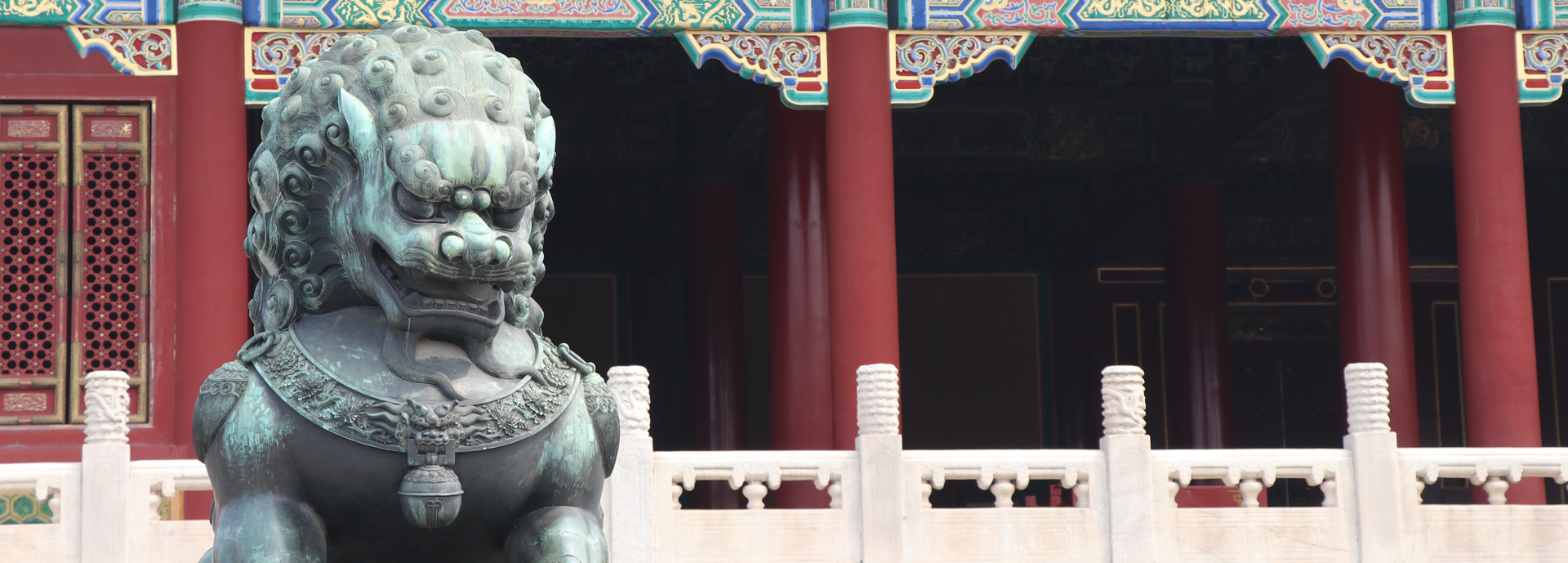A world-leading heritage and conservation research centre is being created as part of an international agreement involving the University of Stirling, Historic Environment Scotland (HES) and The Palace Museum, also known as the Forbidden City, in Beijing, China.
The Forbidden City is a World Heritage Site and houses the largest collection of preserved ancient wooden structures in the world. This partnership will establish an international research centre for heritage and conservation at the University.
Global scale
The centre will allow researchers to investigate a range of issues facing built heritage and the impacts of climate and wider environmental changes on a global scale.
Professor Richard Oram, Dean of Arts and Humanities at the University of Stirling, said:
“We’re delighted to formally commit to a long-term partnership with HES and the Forbidden City in China. This agreement is a ground-breaking advance in British and Chinese intercultural relations in the fields of cultural heritage and conservation and brings together international expertise in the impacts of climate and wider environmental change.
“Stirling are global leaders in the area of cultural heritage, and our expertise will help ensure this collaboration has a transformational impact in identifying and addressing world-wide challenges in heritage conservation.”
In September 2017, the centre will host an inaugural international conference on global challenges in cultural heritage, which will bring together academics, conservation practitioners and heritage professionals from around the world.
Background information
Media enquiries to Rachel MacBeath, Communications Officer, on 01786 466 169 or r.a.macbeath@stir.ac.uk

